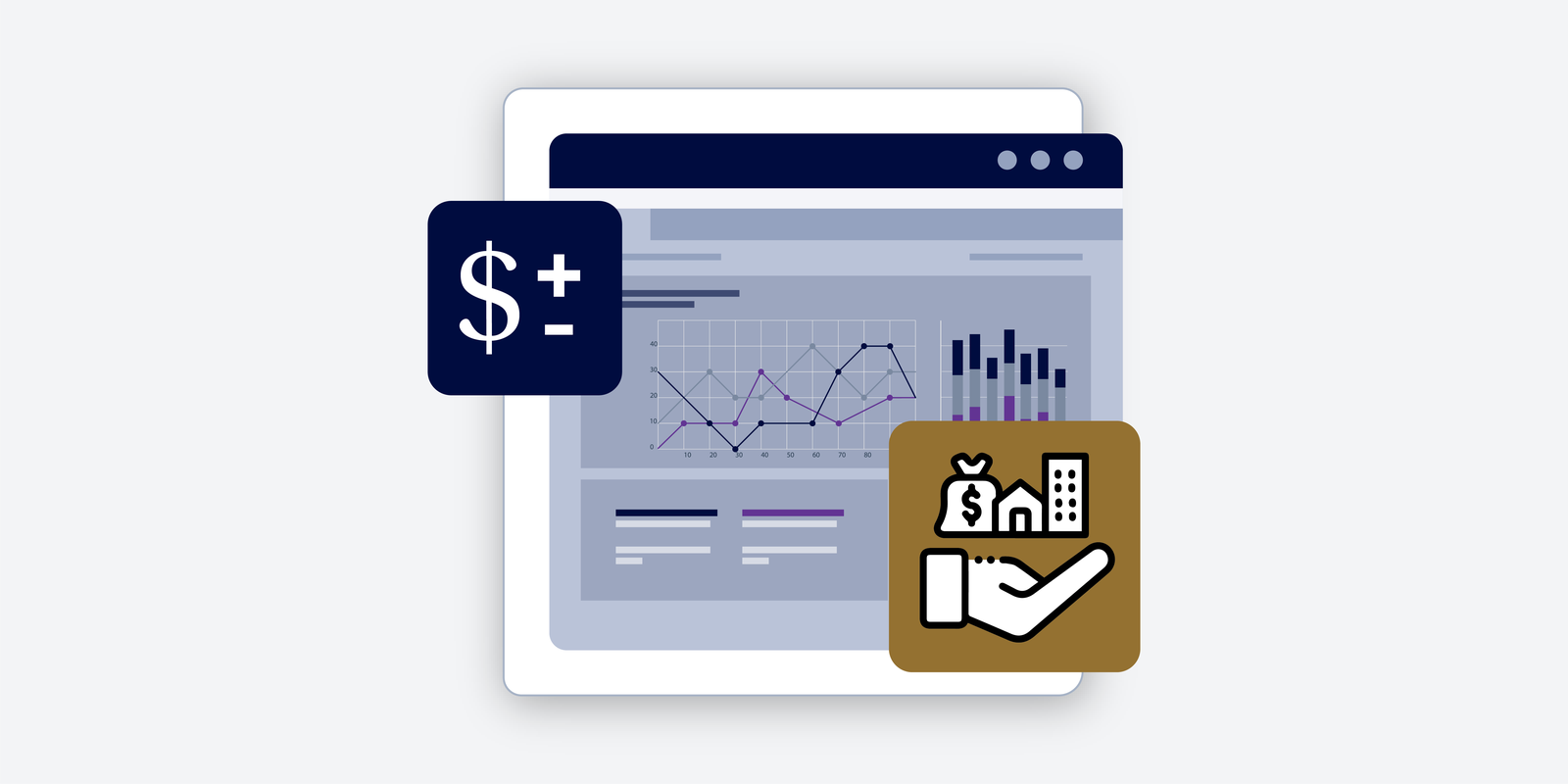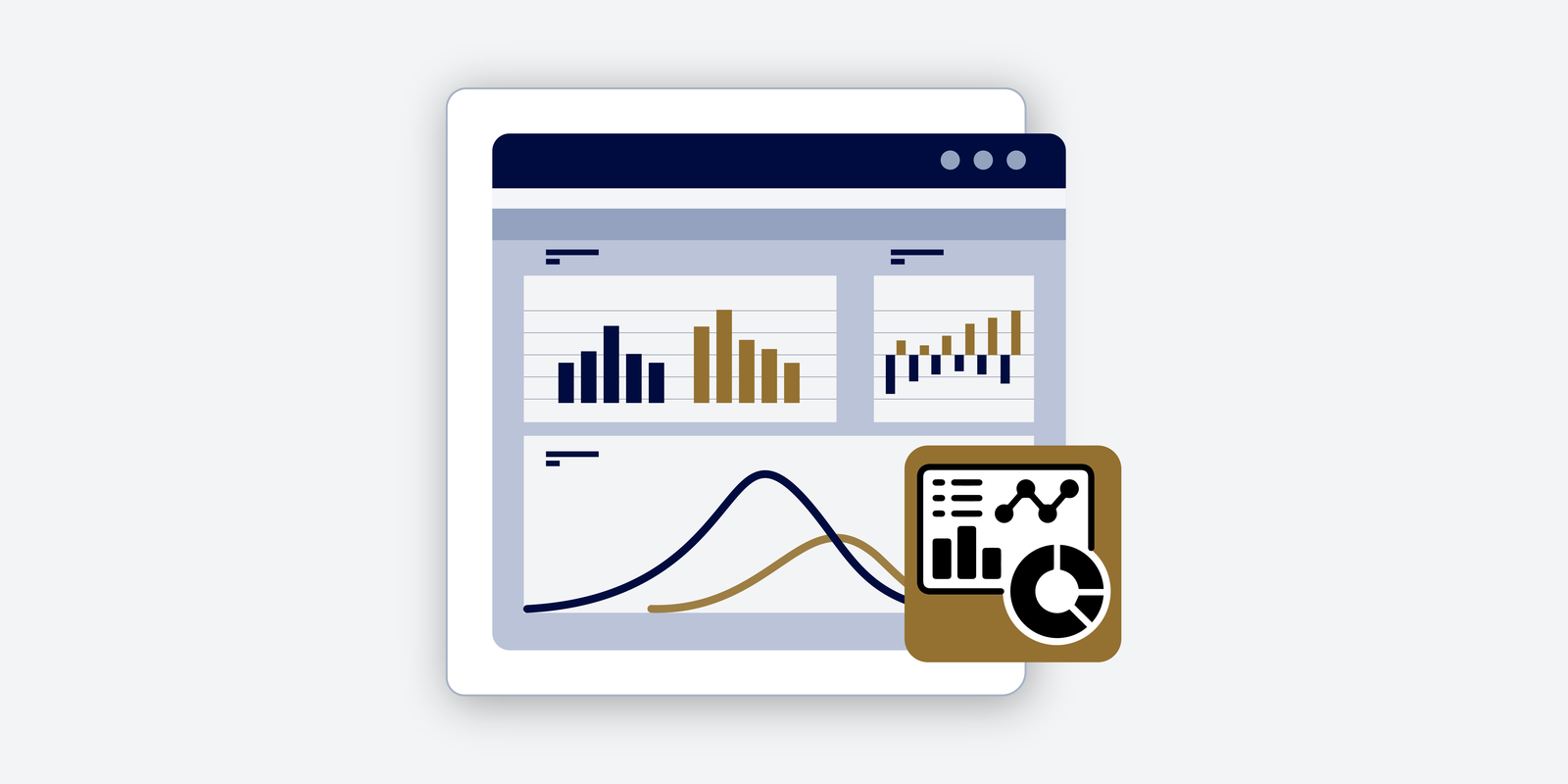Sales per Square Foot
What is Sales per Square Foot? Sales per square foot is a metric commonly used by retail companies to determine the amount of revenue generated per square foot of retail space. Sales per square foot can be used to determine the sales efficiency of retail stores. Formula for Sales per Square Foot Where: Revenues refer…





